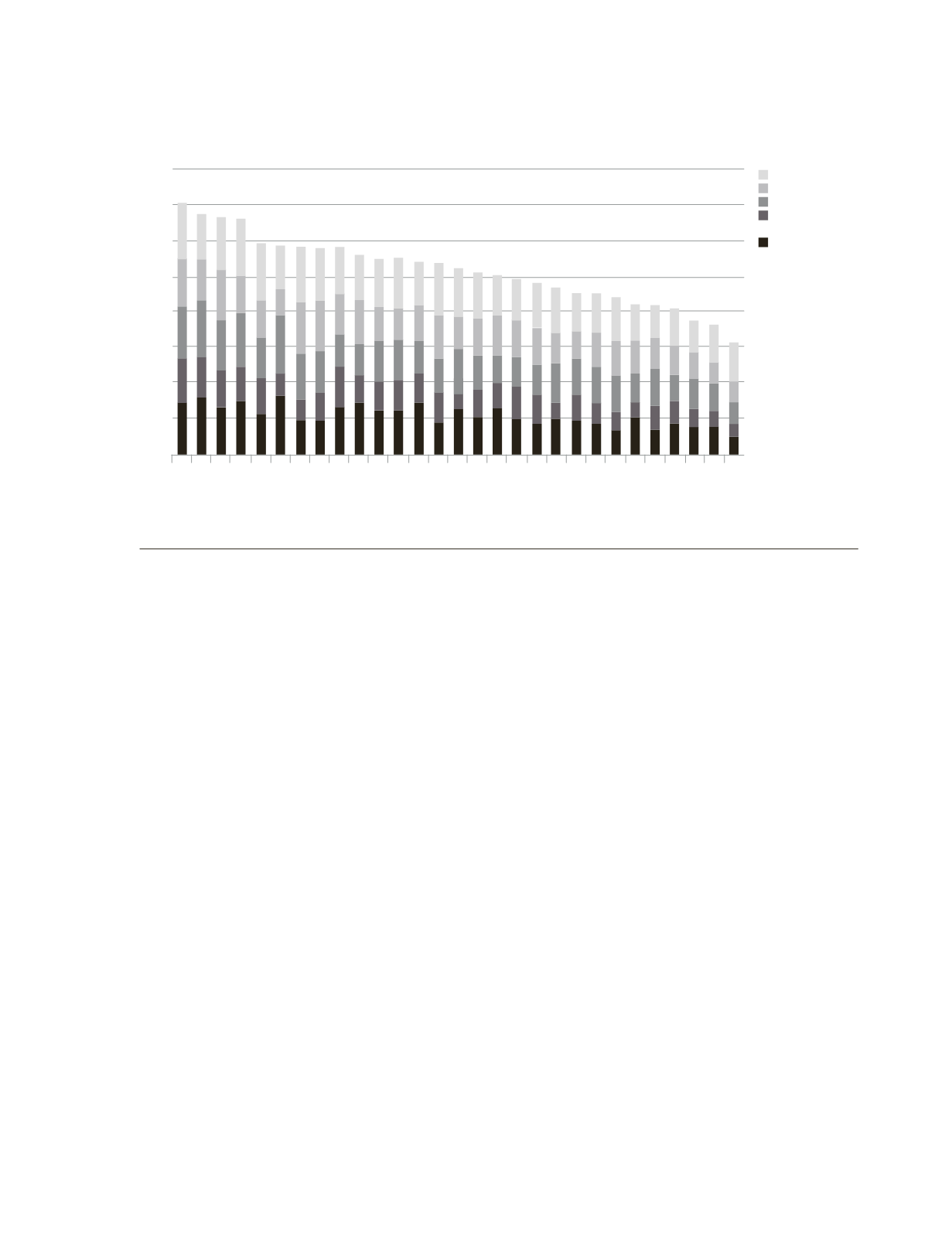

DIGITAL INNOVATION NEEDS WELFARE
123
industrialised countries are so susceptible to au-
tomation that they will disappear in the next
two decades (Frey and Osborne, 2013).
However, automation will affect certain tasks,
not whole occupations. In many occupations,
tasks that can be automated through new tech-
nology are bundled with tasks that are inher-
ently difficult to automate. With this approach,
the share of jobs threatened by new technology
more resemble the pace of structural change we
are used to. Further, we must not underestimate
human creativity, nor human ability to find new
desires that needs to be fulfilled. Jobs will disap-
pear, but new jobs, occupations and companies
will emerge on the same time. Therefore, labour
market policies will even more have to look into
the future, since real employment security will
not lay in the job you have, but in the jobs you
can get. And here, some people (highly skilled)
are much better prepared for this than others
(low skilled), which could lead to growing ine-
qualities.
The welfare state is supposed to counteract
inequalities by redistribution and protecting
against certain risks. At the same time, the wel-
fare state itself is based on social stratification,
which more or less privileges gainful employ-
ment. Digitalisation results in new challenges.
Particularly stratified welfare states (i.e.
Germany, France, Italy) are more likely to pro-
duce a digital divide between those who have
the necessary skills to find their way around the
digital environment and those who do not have
those skills and are therefore more exposed to
the dangers of work casualisation. Digitalisation
in this situation does not alter the demand for
work equally across all skills levels, but rather has
a polarising effect. While demand rises in highly
skilled areas, it falls for non-manual routine work
(Arntz
et al
., 2016), as new production and
Chart 2.
Digital Economy and Society Index 2017
Source:
European Commission, Digital Scoreboard.
Denmark
Finland
Sweden
Netherlands
Belgium
Estonia
Luxembourg
United Kingdom
Ireland
Austria
Malta
Lithuania
Spain
Germany
Portugal
European Union 28
France
Slovenia
Czech Republic
Latvia
Cyprus
Slovakia
Hungary
Poland
Croatia
Italy
Greece
Bulgaria
Romania
1 Connectivity
2 Human Capital
3 Use of Internet
4 Integration of
Digital Technology
5 Digital Public
Service
80
70
60
50
40
30
20
10
0
Digital Economy and Society Index
weighted score
Legend



















